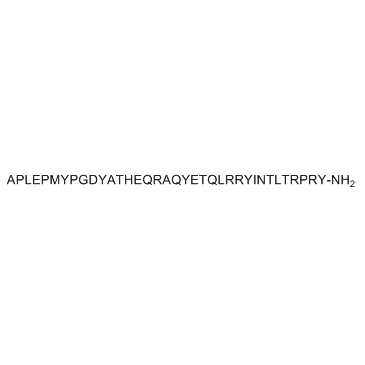| 结构式 | 名称/CAS号 | 全部文献 |
|---|---|---|
 |
高氯酸钠
CAS:7601-89-0 |
|
 |
胰脏多肽
CAS:90419-12-8 |
| 结构式 | 名称/CAS号 | 全部文献 |
|---|---|---|
 |
高氯酸钠
CAS:7601-89-0 |
|
 |
胰脏多肽
CAS:90419-12-8 |